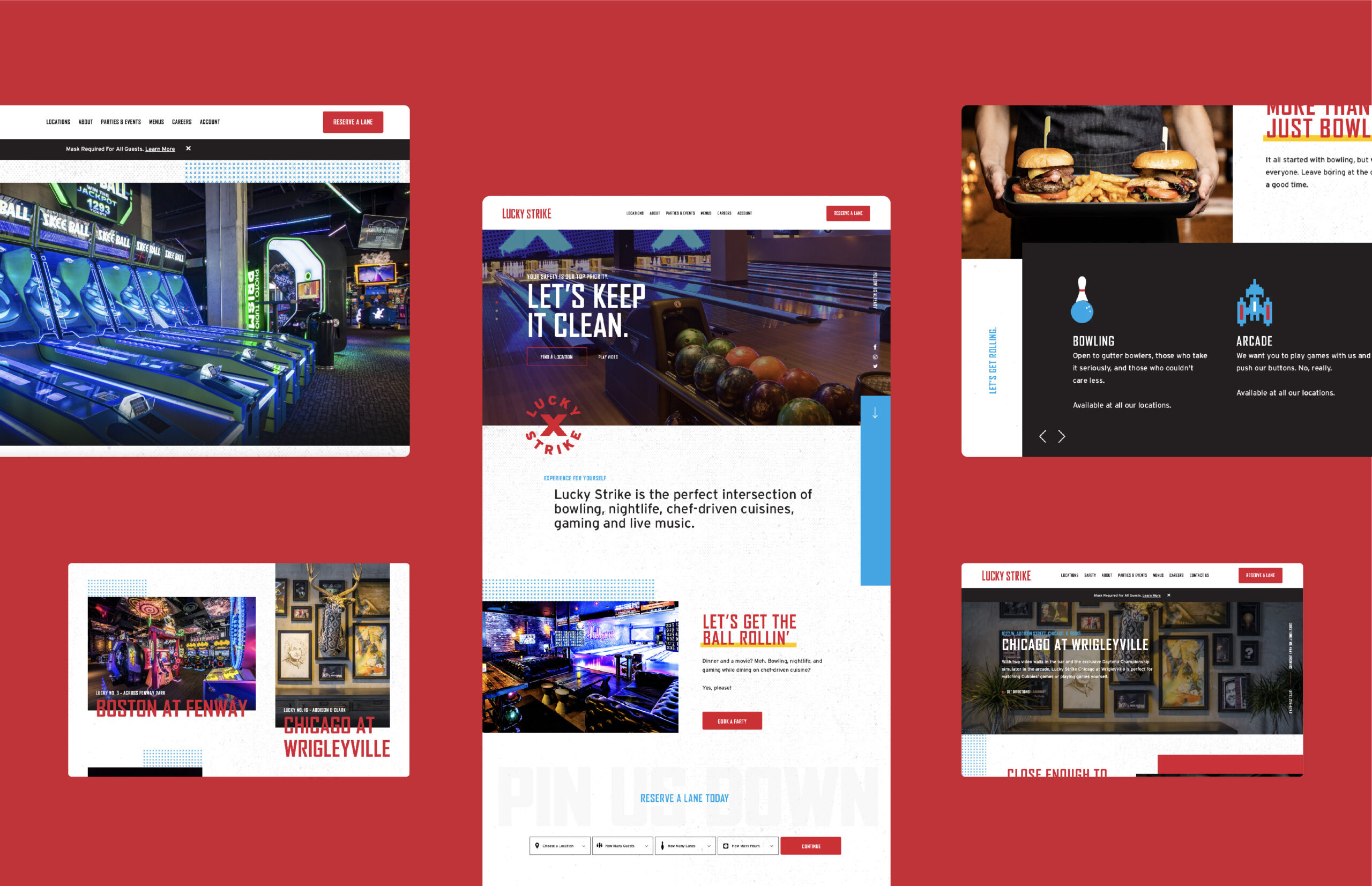In order for people to find you and reach you, you need to be online. Your company's website design makes up an essential part of your online presence. To build a better website, you must understand the impact your web design has on your business.
Ideally, the right visual designs are more than just pretty; they impact your website’s functionality. In this guide, we’ll review what web design is, explain why high-quality graphic design is so important, and more.
What is Web Design?
Web design refers to the design of a website which is displayed on the internet. It applies to the design elements and user experience aspects of website development, not the functional software development piece.
It's how a website looks, not necessarily how it works. Think of color scheme, graphics, fonts, images, and style.
What Makes a Good Website?
This question would probably be answered very differently depending on who you ask. An expert in interaction design may say it should be well-designed and functional. On the other hand, a customer might answer that a good website prioritizes user-friendly search tools and simple, easy-to-read text. Others still may say the site should be optimized for mobile, meaning your web pages must look great and work well on any platform or screen size.
Truthfully, all of these aspects should be considered relative to the customer's journey.
The Principals of Web Design
Digital artists and graphic designers reference the principles of design to outline the visual qualities an ideal composition should have. Implementing these principles to web design can help a website achieve a harmonious look and feel. The basic principles are:
Balance
Creating balance means ensuring that none of the elements in a single composition are too overpowering. When creating a new website, designers should take care to arrange the design elements to ensure that the visual weight is equal on both sides.
Emphasis
Not all website elements are equal! What do you want the reader to pay special attention to? It could be your CTA, your special sale, your hero image, or anything else. Think of it this way, if everything is important - nothing is important!
Contrast
This refers to arranging juxtaposing elements in a way that highlights their differences. This could be elements like dark and light, smooth and rough, or large and small.
Movement
This doesn't mean adding animation to your website, although it could if that aligns with your branding. The design concept of movement is what guides your target audience from one element to the next. By controlling the size, direction, and order of elements on the page, a graphic designer is able to direct the movement of the viewer's eye throughout the website.
Rhythm
Repeating the characteristics of your brand in a steady rhythm will strengthen your brand identity and online presence. This could be your logo, brand colors, motto, and using the same font or typeface.
Hierarchy
The principle of hierarchy tells us that the most important content should be placed in a prominent spot where your new website visitors immediately see it and can interact with it.
White Space
Any area of a composition that’s void of visual elements is referred to as white space in both traditional art as well as graphic design. The conscious arrangement of white space in web design will give the visual elements of a webpage "room to breathe" and allow your visitor the ability to focus. It ensures your website isn't too messy and too overwhelming for visitors.
Unity
Tying in strongly with the concept of white space, the goal of unity in web design is to ensure that website visitors do not feel overwhelmed, confused, or turn away from your site. Achieving unity means paying attention to what elements you include, plus where and how you position them.
All of this being said, these are not strict rules to follow. Rather, they are guidelines to learn how one is able to work, design, apply, and achieve the various elements of a website’s design.

Why it's Important
Your website will attract new visitors and convert those people into leads and customers. These new website visitors will judge your business within seconds, fair or not. In these first few seconds, you want to make a positive impact on your audience. An old-looking or clunky website gives the impression that your business is stuck in the past.
Website design trends evolve and change on a regular basis. Digital marketing experts tell us that you need a new website every two to three years. If it has been longer than that for your organization, it's time to make a new website a priority. You're not just looking for a new website, though. You're looking for high-quality work by top industry professionals.


